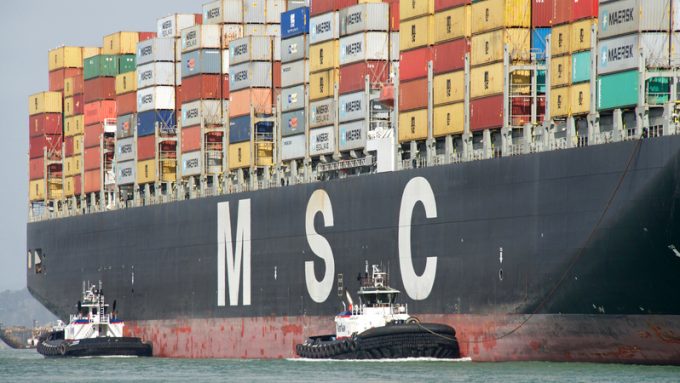DP World to invest $800m in Syria's Tartus port with 30-year BOT deal
DP World has confirmed its entrance into the Syrian market, yesterday signing a 30-year concession ...

Geneva-headquartered shipping line MSC is “going back to its roots” with its recent purchase of 16 second-hand box ships, according to Alphaliner.
It was alluding to the first 25 years of MSC’s existence, when the carrier grew rapidly through second-hand vessel acquisitions before receiving its first ...

Comment on this article